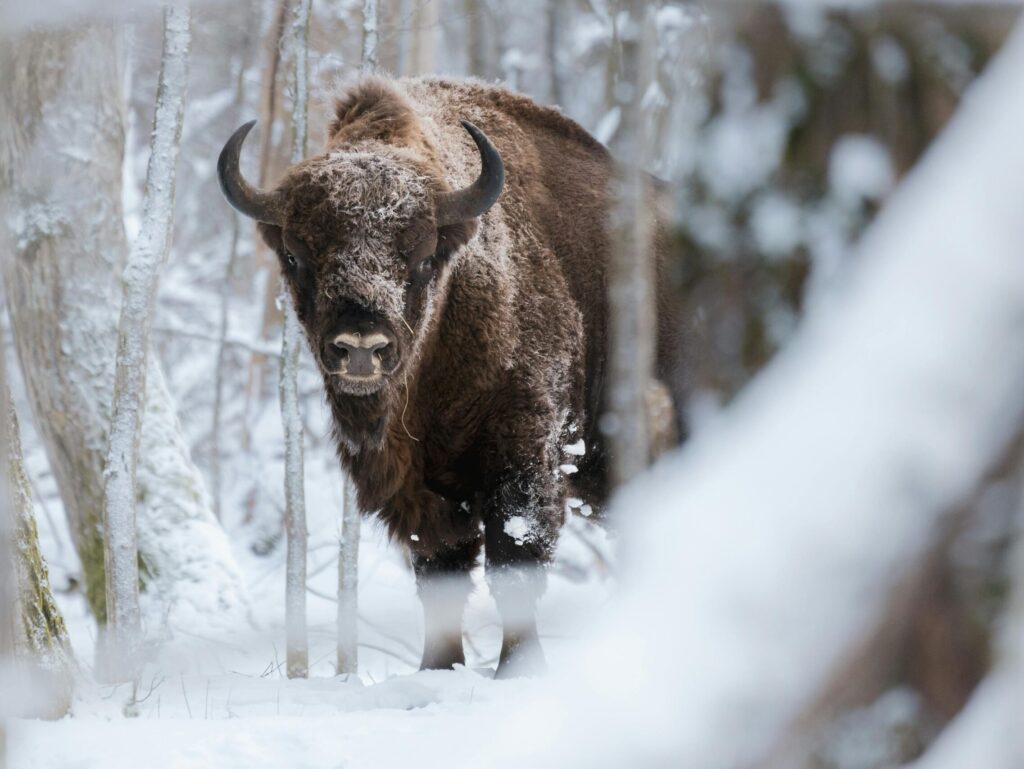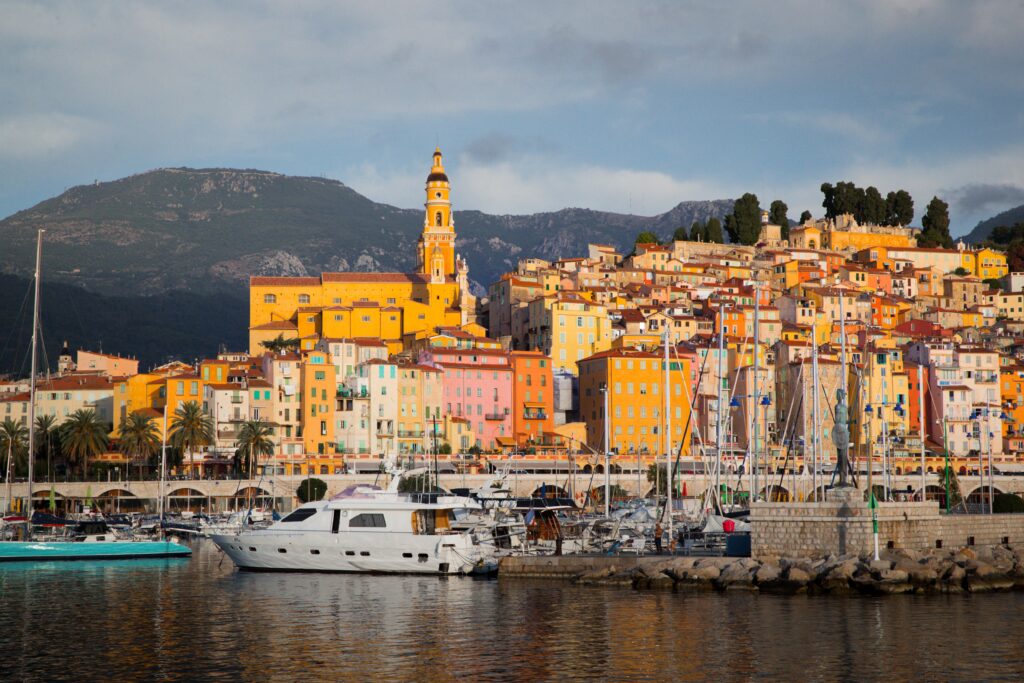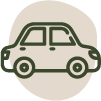VISIT SERBIA
Bold and buzzing, Serbia is where ancient monasteries, lively cities, and deep-rooted traditions meet. From Belgrade’s nightlife to river canyons and remote villages, this Balkan country rewards the curious.
Currency
RSD - Serbian dinar (1RSD ≃ 0,0085€ ≃ 0,009$ ≃ 0,007£)
POPULATION
6,5 millions
MAIN LANGUAGE
Serbian
AREA
88,499 km²
TIME ZONE
UTC+1 / UTC+2
FLAG
🇷🇸
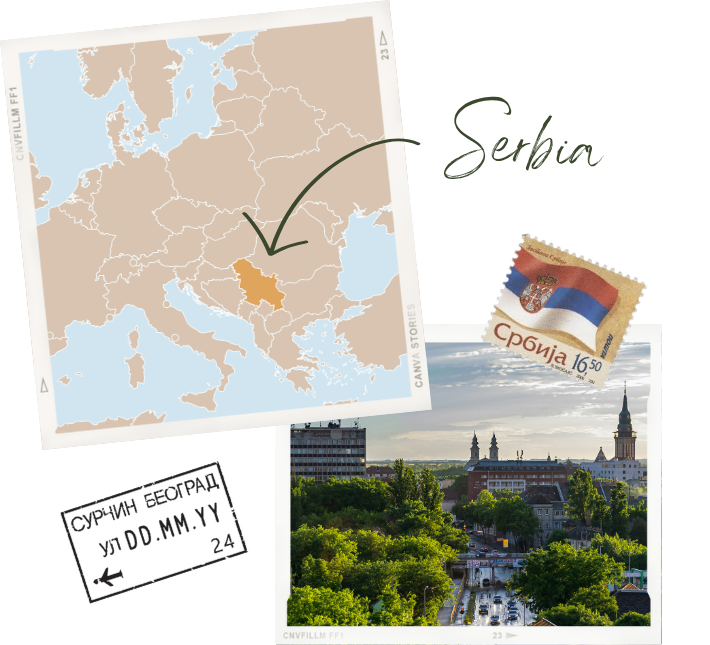
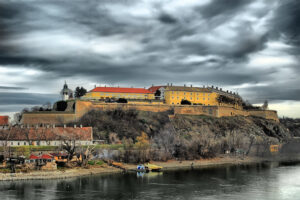
WANDER NOVI SAD & PETROVARADIN FORTRESS
This vibrant city on the Danube is known for its Austro-Hungarian architecture and the massive Exit music festival.

HIKING IN TARA NATIONAL PARK
Serbia’s wild west offers dense forests, canyons, and bear habitats, plus peaceful views over the Drina River.
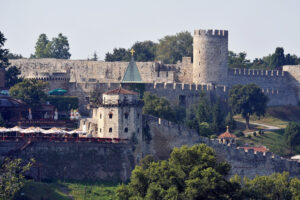
DISCOVER BELGRADE’S NIGHTLIFE & HISTORY
From Kalemegdan Fortress to floating bars on the Sava River, Belgrade is both ancient and alive.
Pick a Serbian destination
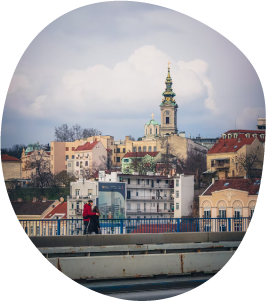
Serbia
Lively Serbian capital at the confluence of rivers, known for its fortress and nightlife.
Prepare your trip to Serbia
💡 Why visit Serbia?
Serbia offers a rich blend of history, vibrant culture, and unspoiled nature. From the lively streets of Belgrade and the charm of Novi Sad to ancient monasteries, Roman ruins, and the scenic landscapes of Tara and Đerdap national parks, the country has something for everyone. Serbia remains one of Europe’s most underrated destinations: affordable, authentic, and full of surprises.
🪪 Do I need a visa to visit Serbia?
Citizens of the EU, USA, Canada, Australia, and many other countries can enter Serbia visa-free for up to 90 days within a 180-day period. However, some nationalities do require a visa. It’s best to check with the nearest Serbian embassy or consulate for the most up-to-date information specific to your situation.
IMPORTANT NOTE: The information below is provided merely as an indication and applies for short-term tourism visa purposes only. Before your trip to Serbia, or if you are planning to come to Serbia for another purpose (work, studies, …), check the official information on the Serbian Ministry of Foreign Affairs website: https://www.mfa.gov.rs/
⛅ When is the best time to visit Serbia?
❄️ December – February: Winters can be cold, especially in the mountains, making it a good time for skiing in resorts like Kopaonik or exploring festive Belgrade.
🌱 March – May: Spring brings mild weather and blooming landscapes—perfect for sightseeing, hiking, and enjoying café terraces in cities and towns.
☀️ June – August: Summer is hot and lively, especially during festivals like EXIT in Novi Sad. Rivers and lakes become popular spots for swimming and relaxing.
🍂 September – November: Autumn is beautiful and calm, with vibrant colors in the countryside and ideal temperatures for exploring cities or national parks.
🚉 How to get around Serbia?
Serbia has a developing transport network that covers much of the country:
🚌 Buses: The most common and reliable form of public transport. Frequent, inexpensive, and connecting all major cities, towns, and even rural villages.
🚂 Trains: Serbia’s train system is improving, but still slower than buses. However, the modern high-speed train between Belgrade and Novi Sad is a great option. Scenic routes also exist, especially in the south.
🚗 Car Rental: Renting a car is a flexible way to explore Serbia’s countryside and natural parks. Roads are generally good. Traffic drives on the right-hand side, and an IDP is recommended if your license is not in Latin script.
💳 Can I use bank cards or cash for payments in Serbia?
Cash is widely used, especially outside major cities. Debit and credit cards (Visa, Mastercard) are accepted in most hotels, restaurants, and supermarkets in urban areas. Serbia uses the Serbian dinar (RSD); euros are not accepted.
🔌 What type of plugs and voltage does Serbia use?
Serbia uses plug types C and F, both with two round pins. The standard voltage is 230V and the frequency is 50Hz.
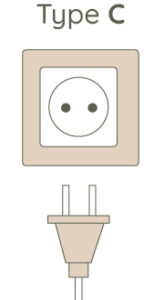
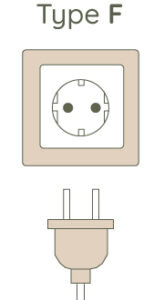
If needed, you can order an universal travel plug adapter here.
🪙 Is tipping customary in Serbia?
Tipping is appreciated and fairly common. In restaurants, 10% is a typical tip. Rounding up the bill is also appreciated in taxis and cafés if you appreciated the service.
🥛 Is it safe to drink tap water in Serbia?
Tap water is considered safe to drink throughout Serbia.
📅 When are public holidays and store closing days in Serbia?
Sunday is a closing day for many stores in Serbia. National public holidays in Serbia include:
- New Year’s Day (January 01)
- Orthodox Christmas (January 07)
- Statehood Day (February 15-16)
- Orthodox Easter (dates vary)
- Labour Day (May 01)
- Armistice Day (November 11)
On these days, many businesses and offices will be closed, and some attractions may have reduced hours.
🚦 What are the speed limits in Serbia?
In Serbia, traffic drives on the right-hand side of the road. The main speed limits are as follows:
- 50 kph / 30 mph in urban areas
- 80 kph / 56 mph on rural roads
- 100 kph / 62 mph on expressways
- 120 kph / 75 mph on motorways
During adverse weather (rain, fog, etc.), the speed limits are lowered.
💬 What are some basic Serbian words I should know?
Serbian uses both Cyrillic and Latin scripts. English is spoken in cities, but learning a few words is appreciated:
- Hello (informal) = Zdravo
- Good day = Dobar dan
- Goodbye = Doviđenja
- Yes = Da
- No = Ne
- Thank you = Hvala
- Please = Molim
- You’re welcome = Nema na čemu
- Excuse me = Izvinite
- Day = Dan
- Night = Noć
- Good evening = Dobro veče
- Goodnight = Laku noć
- Mister = Gospodin
- Ma’am = Gospođa
- Street = Ulica
- Road = Put
💡 Tip: With the GoogleTranslate app, you can download the Serbian language to use it even offline!
🛡️ Is it safe to travel in Serbia?
Serbia is generally very safe for travelers. Crime levels are low, and people are known for their hospitality. Still, standard precautions are advised:
Secure Your Belongings: Petty theft can occur in crowded areas, so be cautious.
Emergency Numbers: Dial 112 for police, fire, or medical emergencies anywhere in Kosovo.

